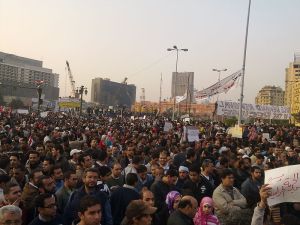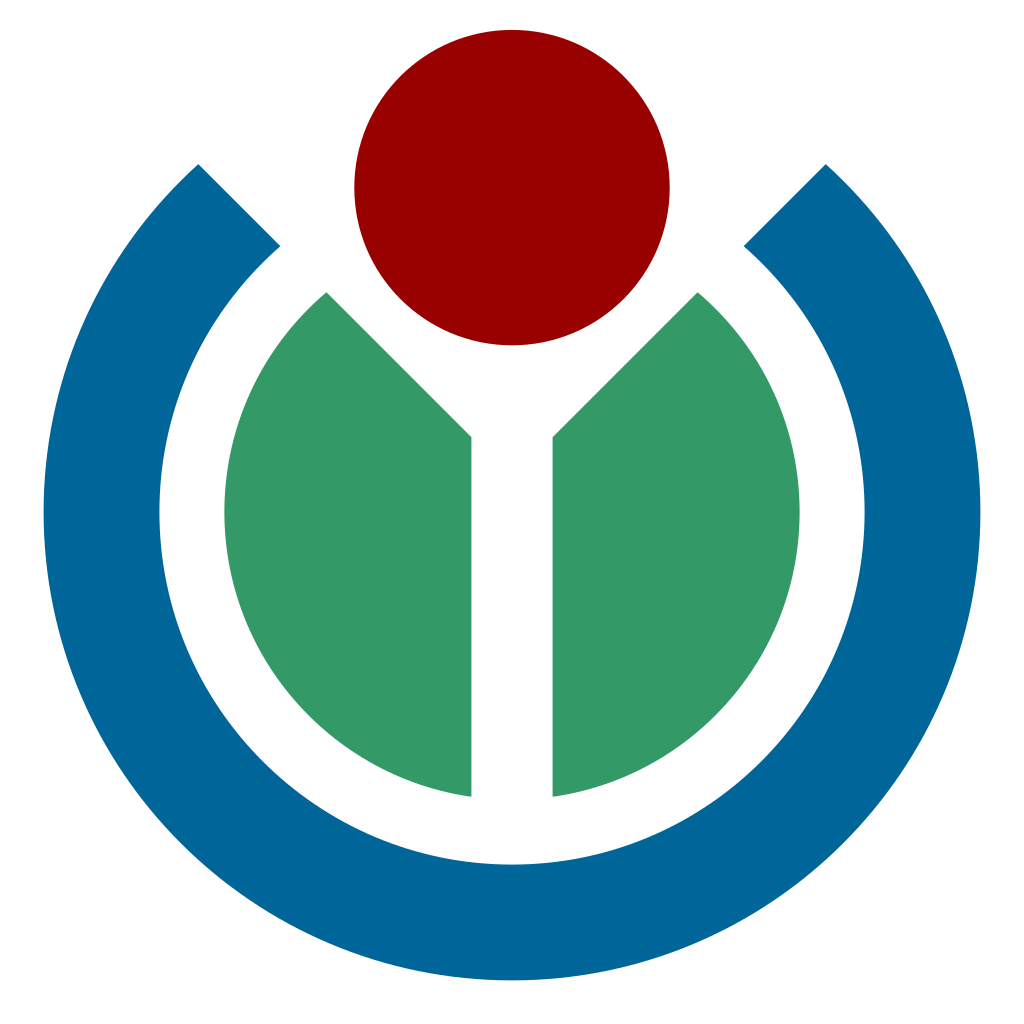With the widespread availability of Internet throughout the world comes the growth of instant information at the fingertips of a mass audience. Nowhere was this more apparent than in Egypt at height of the Arab Spring in early 2011, where social networking sites were synonymous with Internet activity.

For 21 year-old Egyptian medical student and Wikipedia editor Essam Mohie Sharaf, the collaborative spirit behind resources like Wikipedia reflected the shared experience of Egyptians living under the Mubarak regime and those living abroad in a time of transition. Whereas social media networks like Facebook and Twitter were utilized for organizing large scale political action, Wikipedia provided a source of reliable information for those needing an alternative to state-run media outlets.
“Wikipedia was the only source for accurate information about the Revolution,” said Sharaf. “I always went to the article on the English Wikipedia and the Arabic Wikipedia about the Revolution to get the most accurate numbers and figures and international reactions.”
He added: “Who said what about the Revolution; who’s making it up; analyzing Obama’s reaction and speeches about the Revolution and stuff like that — I mainly got those from Wikipedia as the article back then was heavily monitored. I was sure that whatever information is there, it’s accurate.”
Although nearly 20 percent of Egyptians live below the international poverty line, Internet connectivity through cellphones and Internet cafes remains fairly widespread. As Internet access was blocked by the Mubarak regime on January 27th, Egyptians living abroad took up the editing duties for articles relating to the Revolution.
“I found some Egyptian editors from abroad heavily editing that page, and it was like that’s their contribution to the Revolution,” explained Sharaf. “They cannot participate, they are living in different parts of the world and they can’t be at Tahrir Square, so they start editing.”
Sharaf’s own contribution to the online community can be seen with firsthand pictures of Tahrir Square that accompanied the article on the Revolution on Wikipedia. “I just took the camera and photographed several, took some pictures in Tahrir Square released them under the Wikipedia Commons license, uploaded them to Commons and people started using them on the article,” he said. “Some people started contacting me from all over the world — ‘Okay, I am from “X” journal and I would like to publish or to use your picture,’ and I’m like, ‘Sure, go ahead.’”
Sharaf also said his involvement in the Revolution made it feel like he was writing history. “By contributing and by adding pictures as well, that’s going to be part of history. Wikipedia is, to me, it’s documenting current events and creating knowledge for the future.”
Sharaf’s involvement in the Revolution didn’t end at protests in Tahrir Square. With the increased threat of vandals and looters after the state security forces crumbled, Sharaf joined neighborhood watch groups to protect residential areas, building upon the foundation of collaborative civil society programs in Egypt that began prior to the Revolution. Individuals also organized social programs to help deal with the illiteracy rate in Egypt. “We lost hope in the government, and that they can actually try to change and that lots of people are really suffering in Egypt,” said Sharaf. “We as individuals, we have the will, we have the power, we have the knowledge to help them.”
According to Sharaf, the idea of working collectively for the Revolution mirrors the kind of work that is being done on Wikipedia. “The Revolution is like Wikipedia, where everyone gets to make a small contribution, but in the end, the collective power of those small contributions is so immense”
Profile by Jawad Qadir, Communications intern
Interview by Victor Grigas, Storyteller

Can you help us translate this article?
In order for this article to reach as many people as possible we would like your help. Can you translate this article to get the message out?
Start translation